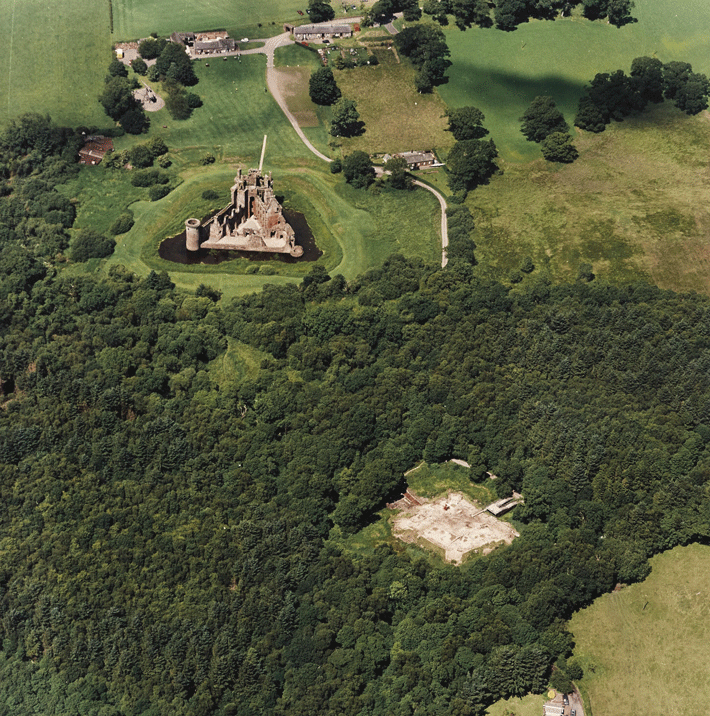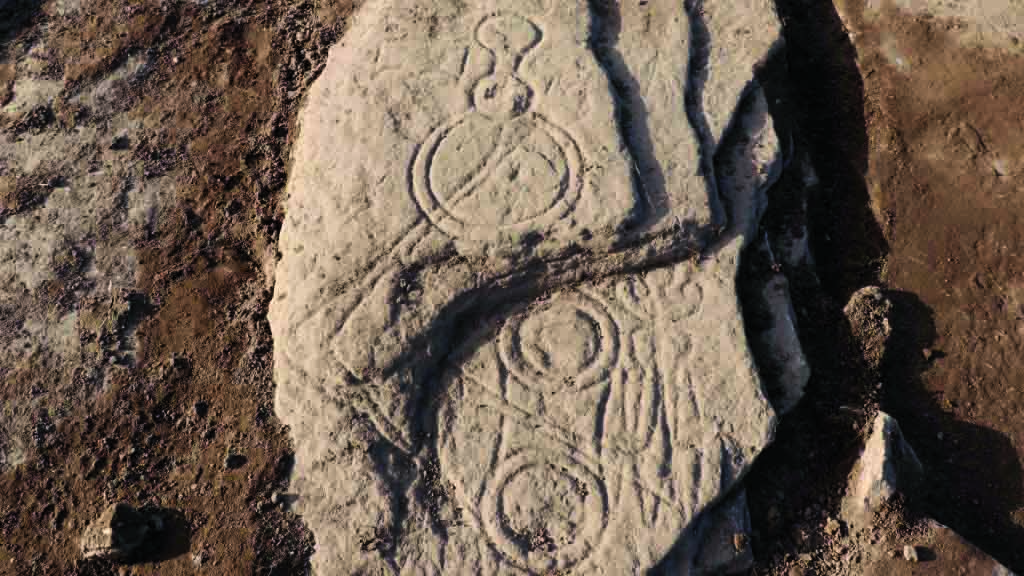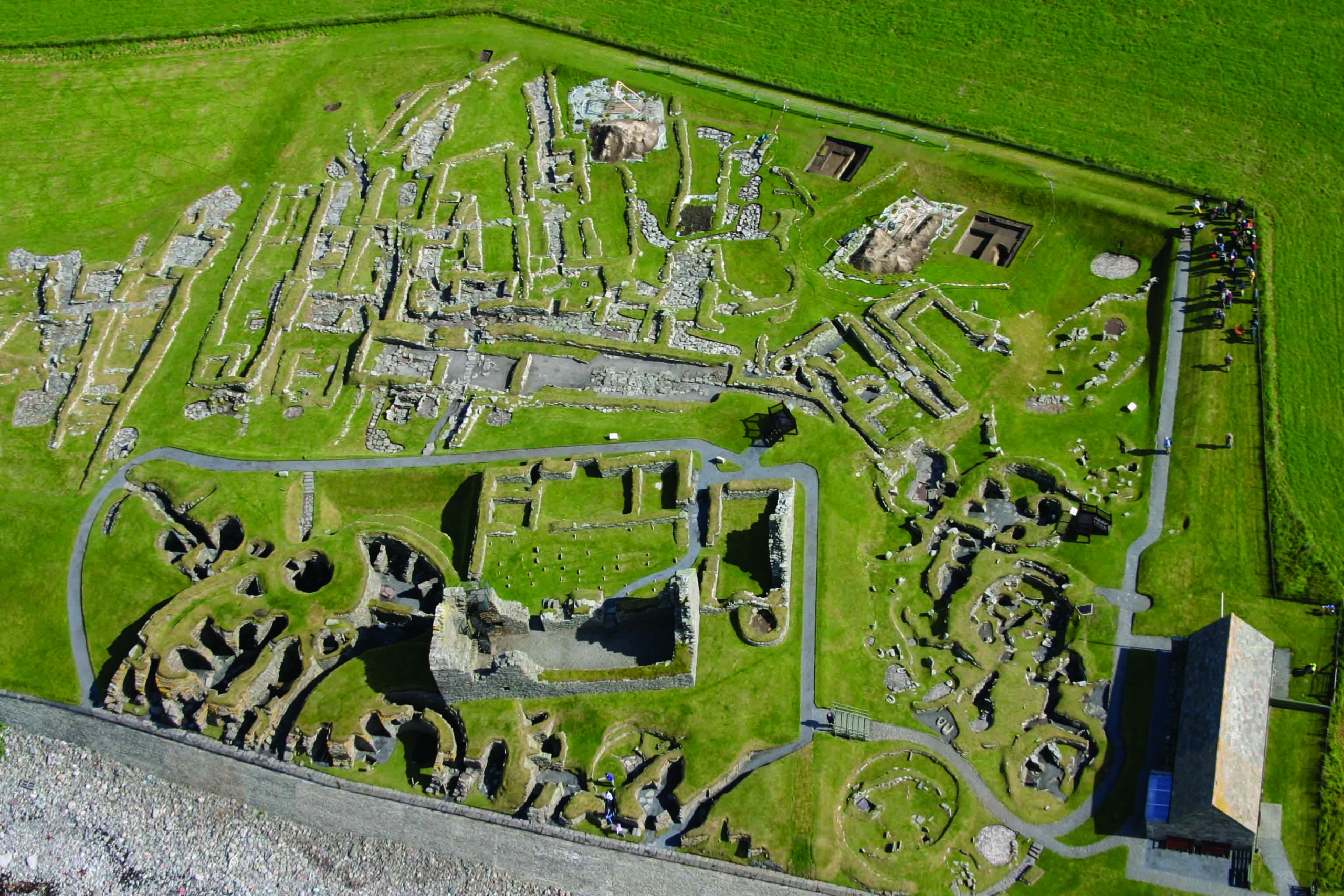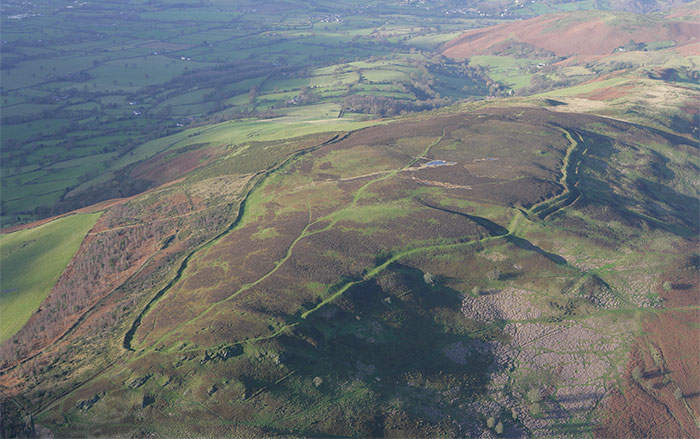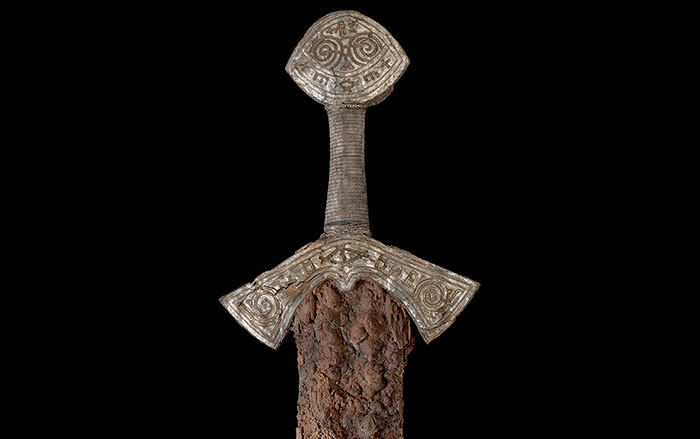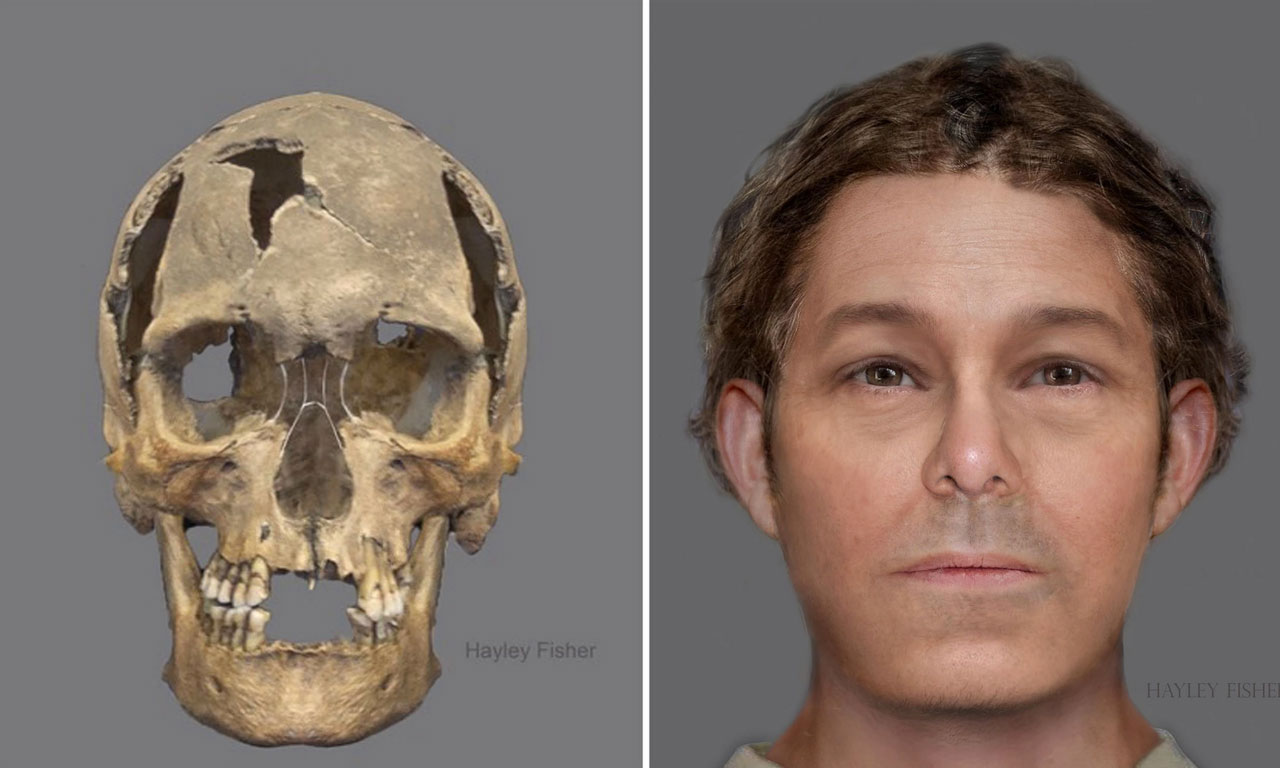
EDINBURGH, SCOTLAND—Archaeologists digging in Newhaven, a historic fishing village in Scotland, expected to find traces of the original harbor and signs of shipbuilding, when they unearthed poorly preserved human bones dated to the sixteenth or seventeenth century. Records show that a gibbet, used to execute witches and pirates, was located on the edge of the Newhaven dockyards, and the bones, thought to have belonged to a man in his fifties, may have belonged to a man who had been executed there for piracy or other criminal activity. Researchers speculate that his remains might have been displayed near the harbor as a deterrent before they were buried in a shallow, unmarked grave. “Edinburgh has an undeniably intriguing past and some of our archaeological discoveries have been in the strangest of places,” councilor Richard Lewis said in a press release. To read in-depth about historical archaeology in Scotland, go to "Living on the Edge."



